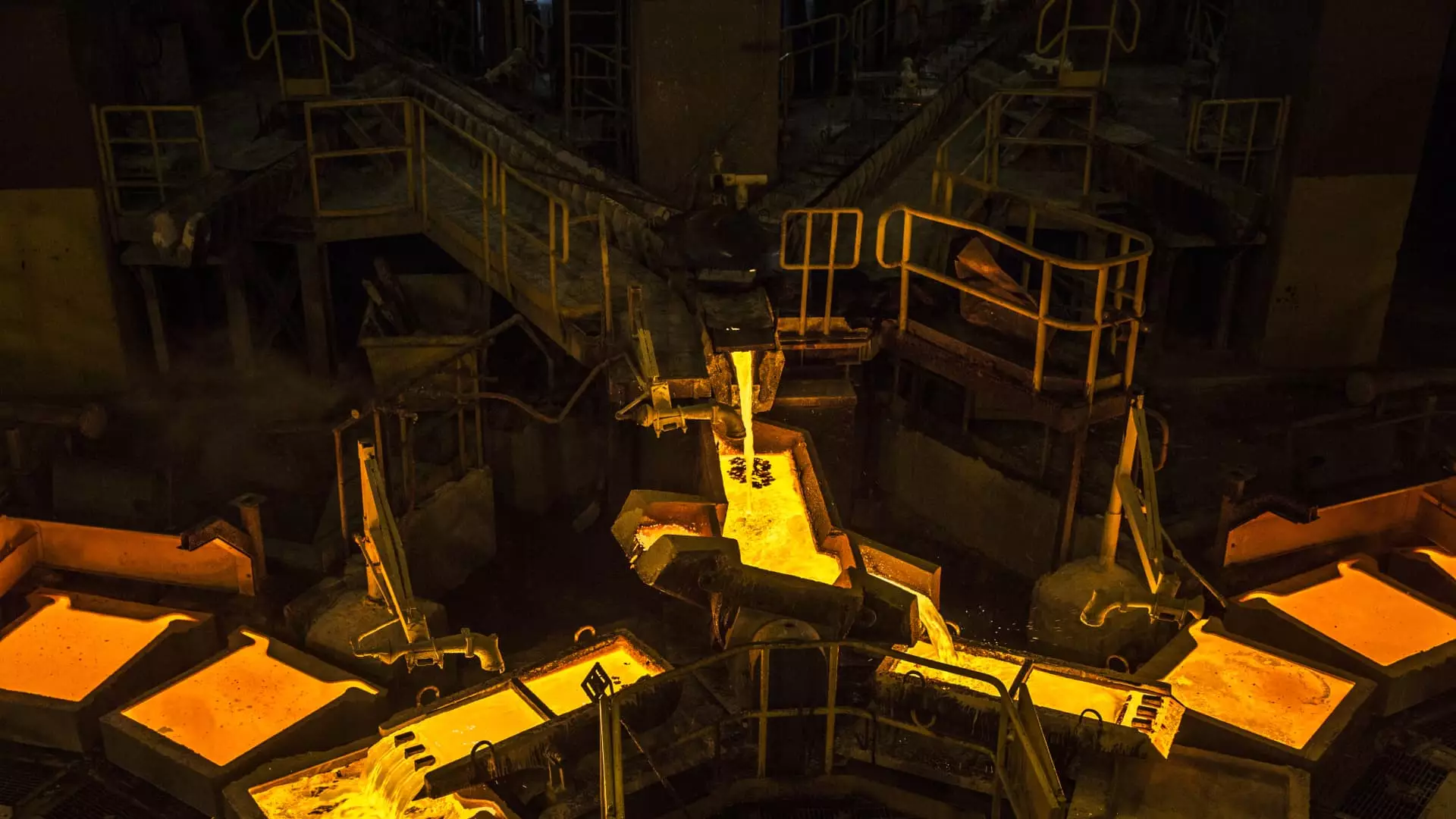In recent months, Peru has experienced a notable turnaround in its investment landscape despite a backdrop of political volatility. The turbulence that characterized the prior years seems to be giving way to a new era of optimism, especially amongst international investors eyeing the country’s sovereign bonds. Currently, foreign investment in Peru’s sovereign bonds has reached a striking 39%, placing it at the forefront of emerging market countries. This significant figure speaks volumes about the evolving perception surrounding Peru’s fixed income environment and its attractiveness as a stable investment hub.
Moody’s stable Baa1 credit rating reflects a cautious optimism about Peru’s economic health. For years, political strife fostered apprehension among potential investors, making them hesitant to engage with Peruvian assets. However, the current scenario, characterized by a more stable political climate, has led to renewed confidence. Notably, President Dina Boluarte’s leadership has come under scrutiny; while calls for her resignation loomed earlier this year, they have since diminished, allowing the government to stabilize. As PiMCo’s Pramol Dhawan highlighted, Peru is positioning itself strategically to attract international capital by aligning its financial policies with investors’ expectations for positive domestic returns.
Peru’s strong economic indicators further bolster its investment appeal. The country boasts one of the lowest debt-to-GDP ratios in Latin America, sitting at 33%, which positions it favorably against regional peers like Brazil and Chile. This financial stability is complemented by a stable currency, the Sol, which helps mitigate risks associated with currency volatility—an attractive quality for foreign investors. Additionally, the Central Reserve Bank of Peru has lowered interest rates to 5.25%, making it a beacon of low-interest rates across the Latin American landscape.
The allure of Peru’s sovereign bonds is accentuated by what financial experts refer to as the country’s steep yield curve. In contrast to the inverted yield curves seen in several advanced economies, including the U.S., Peru’s bond market offers a more favorable outlook. The high real yields on Peruvian bonds present an enticing opportunity for investors looking for duration exposure. As the interest rate cut cycle in countries like the United States progresses, those investing in local Peruvian bonds stand to benefit significantly from potential price appreciation and yield growth. For instance, current yields on a 2-year Soberano bond are at 4.661%, while the 10-year counterparts hover around 6.428%.
Corporate institutions such as Bank of America have taken a bullish stance on Soberanos, indicating a growing consensus on the appeal of these domestic bonds. Intriguingly, the political dysfunction that hinders congressional legislation may inadvertently fortify Peru’s fiscal health by avoiding aggressive and potentially destabilizing policies. Austerweil’s observation that the weak executive branch has paradoxically contributed to positive fixed income outcomes highlights the complexities of Peru’s political and economic dynamic.
While Peru’s fixed income market flourishes, the equity scenario presents a more ambiguous picture. Recent figures show the MSCI Peru Index has achieved impressive gains—up 24.8% in 2024 alone—significantly outpacing broader emerging market indices. However, this short-term stability is heavily intertwined with the performance of the commodities sector, which dominates Peru’s stock market landscape. The country is renowned as a major player in the global mining sector, producing key metals like copper, silver, and zinc.
Despite the favorable short-term effects of rising commodity prices—copper, for instance, has surged by 24.5% this year—investors are cautioned about the sustainability of an equity rebound without a substantial overhaul of the political framework. Significant reliance on the cyclical nature of commodities makes the equity landscape vulnerable to external shocks. As Dhawan insightfully noted, absent a robust commodity supercycle, it’s challenging to foresee sustainable growth and outperformance in the Peruvian equity market without a more stable political climate.
Peru finds itself in a delicate balancing act, navigating the interconnections between political stability, investor confidence, and economic fundamentals. While the current environment favors fixed income investments, equities are yoked to the volatile fortunes of the commodities market and political reforms. As investors reassess their strategies in light of ongoing developments, Peru’s ability to maintain a conducive atmosphere for international investment will be pivotal for its future economic trajectory. As the country moves forward, the hope is for a political restructuring that aligns with sustained economic growth and a comprehensive investment strategy that leverages its unique strengths.

